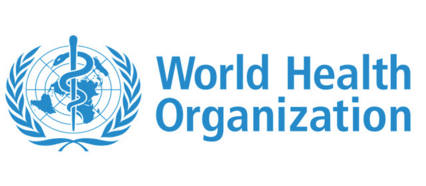WHO Director−General’s remarks and audio file for COVID−19 press briefing with UNESCO and UNICEF, 15 September, 2020

- Since the beginning of the pandemic, understanding how COVID-19 affects children has been a priority issue.
- We know that this virus can kill children, but that children tend to have a milder infection and there are very few severe cases and deaths from COVID-19 among children and adolescents.
- More research is needed about the factors that increase the risk of severe COVID-19 disease and death among children and adolescents.
- Although children have largely been spared many of the most severe health effects of the virus, they have suffered in other ways.
- In many countries, essential services for nutrition and immunization have been disrupted, and millions of children have missed out on months of schooling.
- The measures taken in a community to reduce the risk of COVID-19 transmission will reduce the risk in schools as well.
===
Good morning, good afternoon and good evening.
I would like to start by welcoming UNESCO Director-General Audrey Azoulay and UNICEF Executive Director Henrietta Fore.
Welcome to both of you, and thank you both for your partnership and leadership.
Since the beginning of the pandemic, understanding how COVID-19 affects children has been a priority issue.
Nine months into the pandemic, many questions remain, but we are starting to have a clearer picture.
We know that children and adolescents can be infected and can infect others.
We know that this virus can kill children, but that children tend to have a milder infection and there are very few severe cases and deaths from COVID-19 among children and adolescents.
The data we have show that less than 10% of reported cases and less than 0.2% of deaths are in people under the age of 20.
However, more research is needed about the factors that increase the risk of severe COVID-19 disease and death among children and adolescents.
And the potential long-term health effects in those who have been infected remains unknown.
Although children have largely been spared many of the most severe health effects of the virus, they have suffered in other ways.
In many countries, essential services for nutrition and immunization have been disrupted, and millions of children have missed out on months of schooling.
We all want to see children back at school, and we all want to make sure schools are the safe and supportive learning environments they should be.
Schools are part of a community. In fact, schools connect communities.
The measures taken in a community to reduce the risk of COVID-19 transmission will reduce the risk in schools as well.
In some countries, schools have reopened. In others they remain closed.
To support countries in every situation, UNESCO, UNICEF and WHO yesterday published updated guidance on school-related public health measures in the context of COVID-19.
The guidance provides practical advice for schools in areas with no cases, sporadic cases, clusters of cases or community transmission.
Given the devastating consequences on children, youth and our societies as a whole, the decision to close schools should be a last resort, temporary and only at a local level in areas with intense transmission.
During school closures, continuity of education should be guaranteed through distance learning.
The time during which schools are closed should be used to put in place measures to prevent and respond to transmission when schools reopen.
Keeping children safe and at school is not a job for schools alone, or governments alone or families alone. It’s a job for all of us, working together.
As we often say, there is no zero risk.
But with the right combination of measures, we can keep our kids safe and teach them that health and education are two of the most precious commodities in life.
I would now like to invite UNESCO Director-General Audrey Azoulay to say a few words.
Director-General Azoulay, welcome and you have the floor.
For audio click HERE





